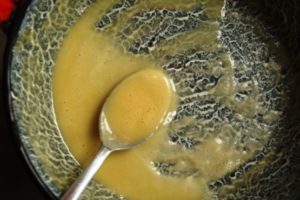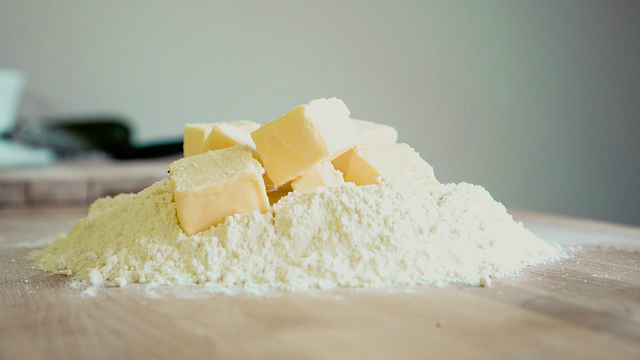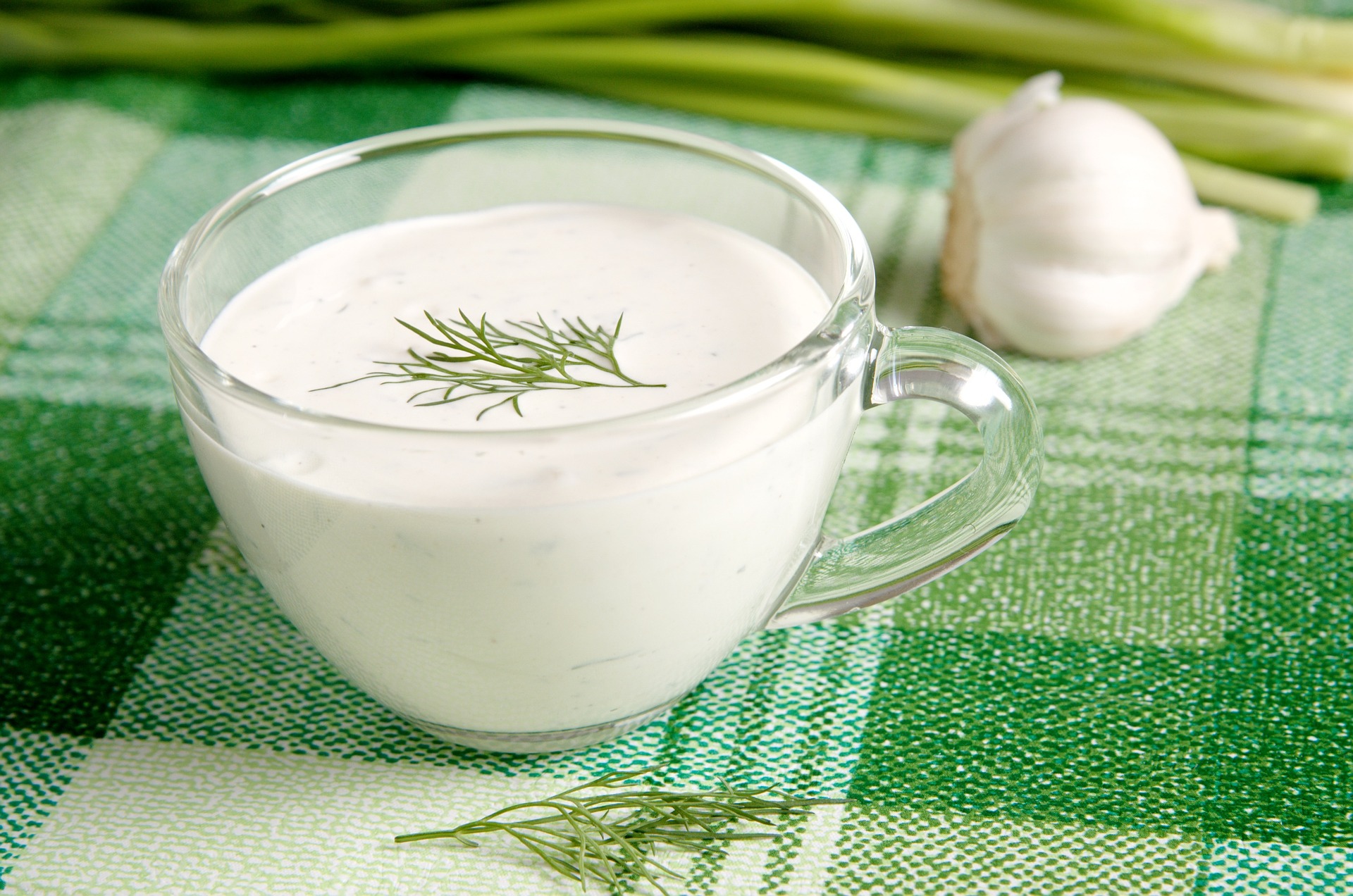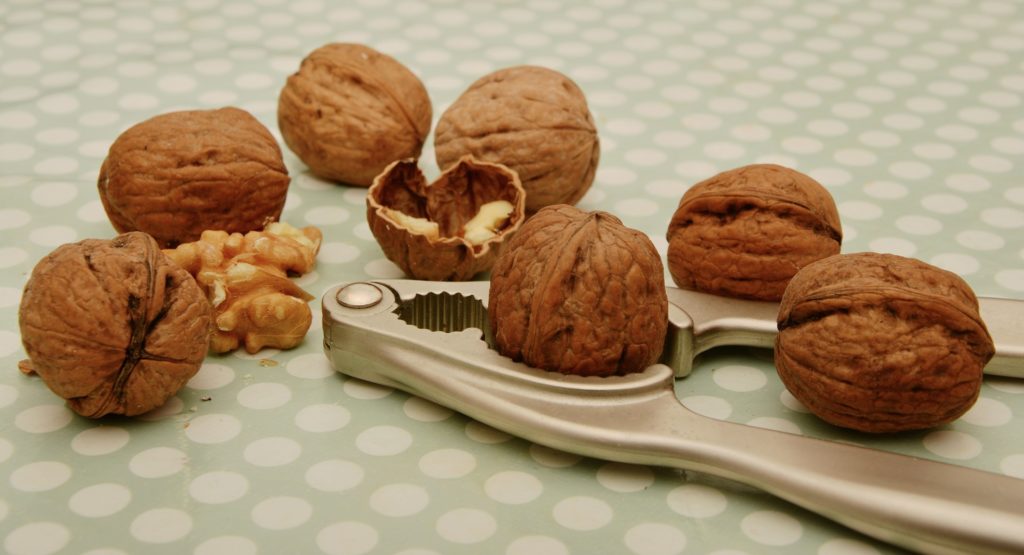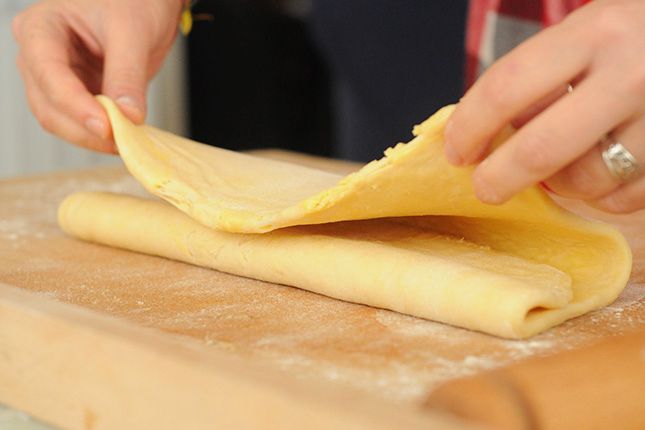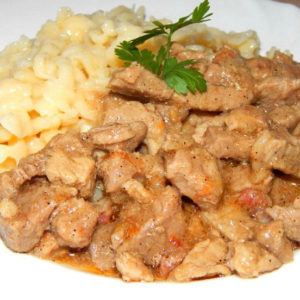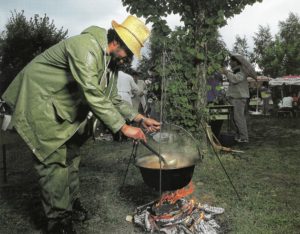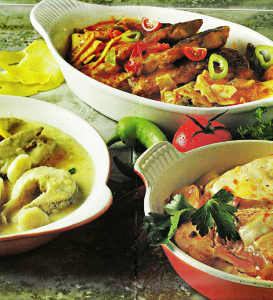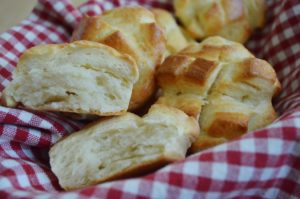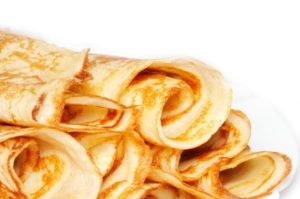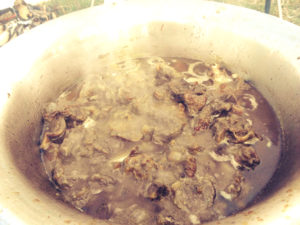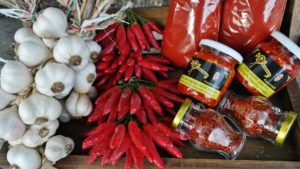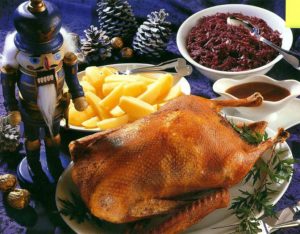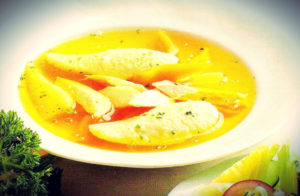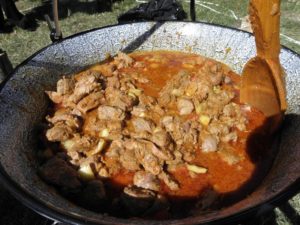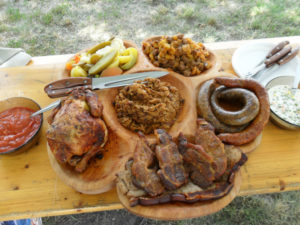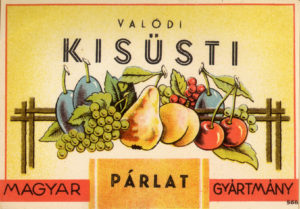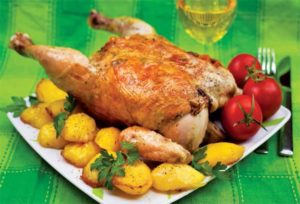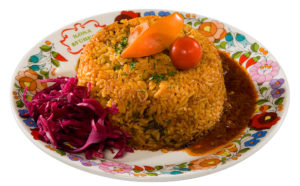Tips on Hungarian cuisine – Part 1.
Thickening
In Hungary soups, sauces, vegetable dishes, and stews arc frequently thickened with Hour, sour cream, or egg yolk.
Hour roux: Most Hungarian dishes arc still thickened with flour, as they have always been.
Sprinkle flour onto melted butter and cook, stirring all die rime, until the (lour foams and achieves the desired color. The tar ro Hour ratio is usually 1:1, bur may be modified depending on the dish-White roux, in which the flour is cooked for only 1 minute and is not allowed to color (as for Bechamel sauce, for example), is not typical of Hungarian cuisine. For most vegetable dishes and vegetable soups, the flour is cooked for 2-3 minutes. If the Hour is cooked for longer, ir takes on a golden brown color. This ‘brown” rouxshould in no circumstances be allowed to turn dark brown. Seasonings — such as crushed garlic, grated onion, finely chopped parsley, or dill — are added only when the roux is ready.
The addition of paprika requires particular care. When the roux has achieved the desired color, the pan is taken off the hear and the paprika quickly stirred in. Water is then added straightaway to prevent the paprika burning and the dish acquiring a bitter taste and brownish color. The prepared, seasoned roux is diluted with liquid (usually water). Cold liquid is always added ro hot roux and warm liquid to cold roux. The sauce is stirred to ensure there are no lumps, and then brought to the boil again with the main ingredients. Some dishes require a roux to be slightly sweetened, Stir the flour into melted butter and add sugar. Cook the mixture until it browns, stirring all the time, then proceed as above.
Flour: Reduce the cooking liquid until just the pan juices are left. Sprinkle over flour, and cook until browned, srirring all the rime. Then add water or another liquid, and bring to the boil again.
Sour cream: Slake the flour with a little water in a bowl, and blend until there arc no lumps. Then add sour cream (sometimes fresh cream or milk) and stir to remove any lumps. Pour it into the other ingredients in a thin stream, stirring all rhe time. The ingredients to which the sour cream is added should be hot or boiling.
Variation: Blend the cream and flour mixture with a liule of the cooking liquid before use.
Egg yolk; Some dishes may also be bound with egg yolk. First beat the egg yolk until smooth with a little of the hot cooking liquid, then add to the soup or sauce, stirring all the rime. The sauce or soup should not be brought to die boil again, or die egg will curdle.
Jelly roll sponge
Basic recipe: Separate 6 eggs. Whisk the egg yolks with 1 cup/120 g confectioners’ sugar until the mixture turns pale yellow and thickens. Whisk the egg whites until very stiff Carefully fold spoonfuls of die egg whites and I cup/120 g flour into the yolk mixture using a spatula or metal spoon. Butier the bottom (never the sides) of the cake pan or baking sheer and dust ir with flour. Pour the batter into the pan and level oft the top, then bake in a preheated oven at 350 °F/ 180 *C for 20-30 minutes. The oven door should not be opened during the first 5 minutes, ‘lest the cake to make sure it is cooked, (hen turn oft the oven, and leave the cake to cool in the oven with the door open for a few minutes. When the cake has cooled, slice it into three layers. Spread these with cream filling, according to the recipe, and sandwich diem together.
Chocolate-flavored sponge: Prepare according ro the basic recipe, but add I tablespoon of cocoa powder to the egg yolk mixture.
Nut-Havored sponge: Prepare according to the basic recipe, but use grated walnuts instead of flour.
Puff pastry
Make dough for puff pastry according ro whichever recipe you prefer. The dough should be kept cool so that, when it is rolled out, the individual layers do not stick together. For this reason the dough should be rolled out on a cold surface (e.g-marble) and handle.! us little as possible. Puff pastry is usually rolled oul, layered, and then rolled out again three times. The pastry may be folded either three or four times. Each option has its own associated technique.
Three layers: Roll out the pastry evenly until it forms a long rectangle. Fold one of the short ends inward to the center of the pastry, then fold the other short end over it, so there are three layers of pastry.
Four layers: Roll out the pastry evenly until it forms a long rectangle. Fold both of the short ends inward to the center, then fold the sheet of pastry together down the center.
If glazing the pastry with beaten egg, be careful that it does not run down over the edges of the pastry and prevent it from rising. Place the pastry on a floured baking sheet and bake in the preheated oven. The oven should maintain an even temperature. If the top of the pastry browns too quickly, lay a sheet of baking parchment on top.



